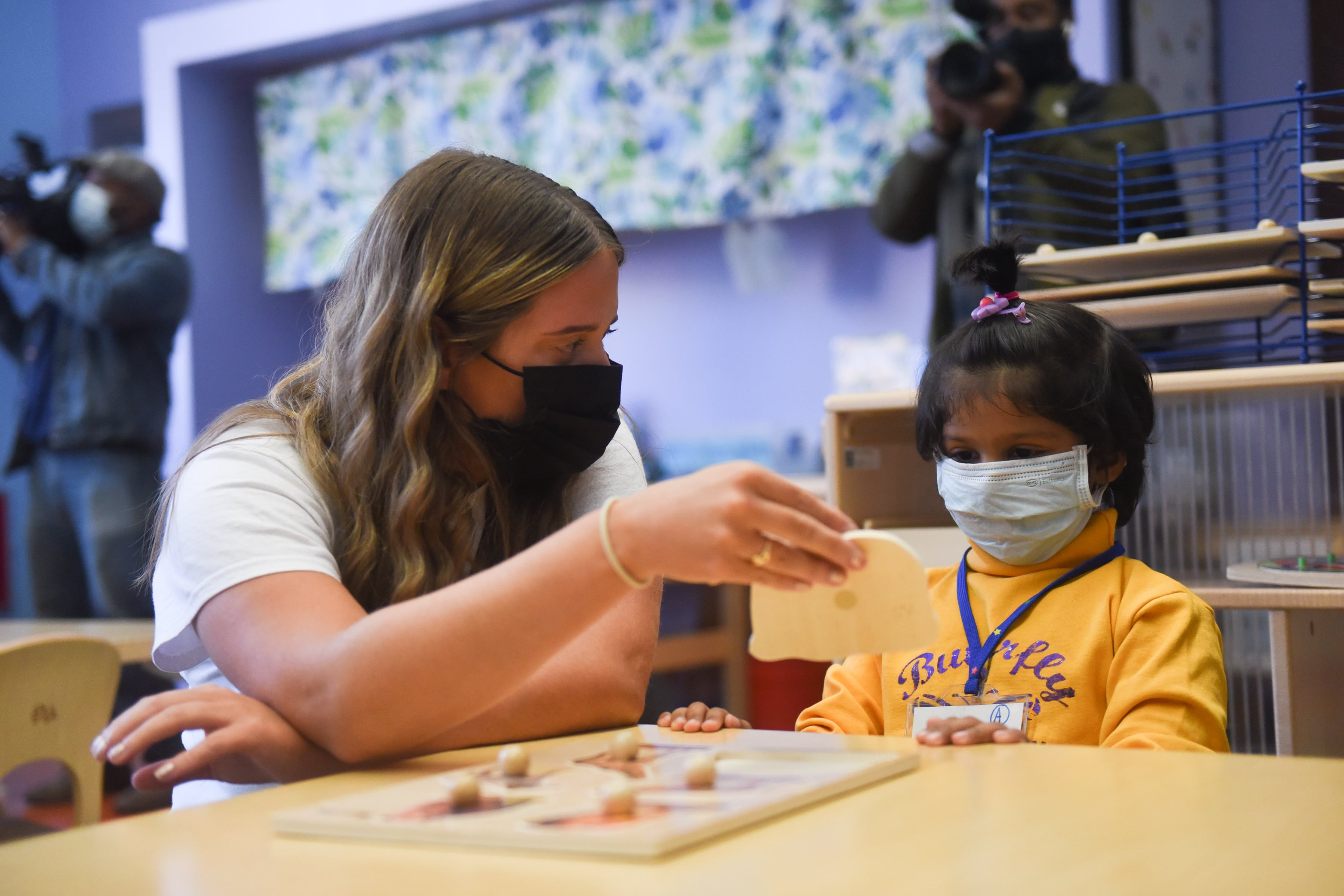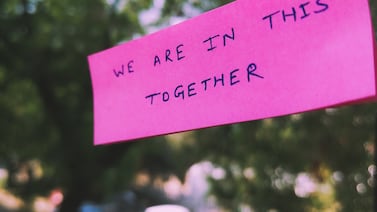As scores of school buildings shutter each week due to positive coronavirus cases, Mayor Bill de Blasio said Friday that the two-case closure threshold is “being reevaluated.”
Frequent campus shutdowns have left many families and educators frustrated. There have been more than 1,300 extended building closures — between 10 and 14 days — since schools first reopened in the fall, with more than 700 of those happening in the month after winter break, according to public data. Some buildings have experienced multiple such closures. (In December, the city also increased the frequency of random virus testing at schools, from once a month to once a week.)
Currently, a classroom with one positive case or more can be closed for up to 10 days. The entire building can be shut if there are two or more cases without any clear links to each other. Closure decisions are made after contact tracers investigate the cases at a given building. Some people believe that frequent closures are a sign that all schools should be closed until community rates go down significantly, while others say that the threshold for closing classrooms and entire buildings is too low.
During de Blasio’s weekly appearance on WNYC’s “The Brian Lehrer Show,” he said the closure policy “is being reevaluated, obviously, because we need to improve our ability to get that exactly right,” in response to a listener’s plea to change the two-case rule that can shut an entire building down.
It wasn’t immediately clear whether the city was rethinking the entire closure policy for both classrooms and entire schools, or just the two-case rule that can shut down a building.
A total 1,052 buildings are open for in-person learning across pre-K, K-5, and District 75, which serves students with the most complex disabilities, while middle and high school buildings have been closed since late November.
“Throughout the pandemic, we’ve been guided by a serious and cautious approach to the health and safety of our schools and have made adjustments where needed. This protocol was established before schools opened and there was any data on transmission within a building,” wrote Miranda Barbot, spokesperson for the education department, in a statement. “Now, we are taking a close look at the data and this threshold and will make any changes in accordance with public health guidance.”
Dr. Elissa Perkins, director of infectious disease management at Boston Medical Center’s emergency department, said the city should consider scrapping numerical thresholds entirely, and instead evaluate on a school-by-school basis whether there is a chance for in-school spreading. Perkins added that as of now, New York City’s closure rules are “fairly conservative.”
Six months ago Perkins believed that schools should have a low threshold for closing down in order to prevent virus spread on campus, she said. But she changed her mind, as studies have shown that mask-wearing and social distancing are good tools to prevent virus spread inside of schools.
A number of studies have found that, while rare, spread within schools can happen. These studies generally rely on the accuracy of contact tracing.
If “there are concerns based on what you’re hearing during contact tracing and during the investigation — that perhaps in this particular class there were cases and concerns that mitigation measures weren’t adhered to — it might make sense to me to shut down the classroom,” she said. “But it does not make sense to me to shut down because of arbitrary numbers, whether it is 1, 2 or 7.”
Educators and city leaders have become frustrated with unclear communications and long response times from the “Situation Room,” which is tasked with quickly investigating positive cases in schools and identifying their close contacts.
The city’s current daily COVID-19 case rate, averaging about 55 per 100,000 residents, correlates with “higher risk of transmission in schools,” according to the Centers for Disease Control and Prevention.
Any changes to the closure rule will require buy in from the city’s labor leaders. Safety and health guidelines were a big sticking point for the unions representing city educators before buildings reopened for some in-person learning. The negotiations led to a reopening delay in September.
Michael Mulgrew, president of the teachers union, is against “loosening” the current standards, according to the union.
“We need to continue the protocols that have helped keep students and school staff safe,” Mulgrew said in a statement.








